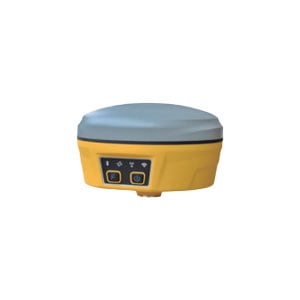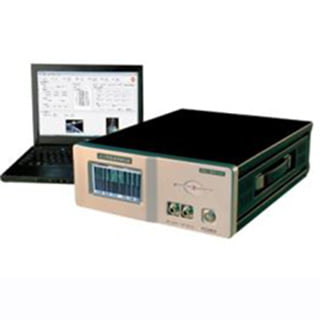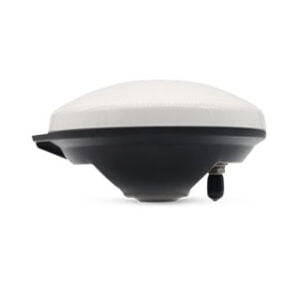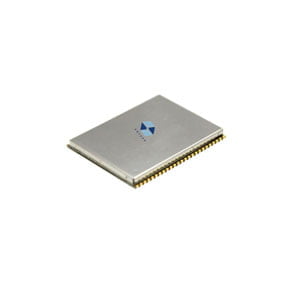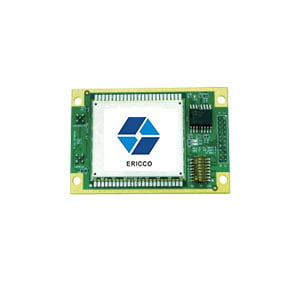Global Navigation Satellite Systems (GNSS) have become an integral part of modern navigation, providing accurate positioning and timing information for a myriad of applications. The seamless functioning of GNSS relies on a sophisticated array of equipment designed to receive, process, and utilize signals from satellite constellations such as GPS, GLONASS, Beidou, and Galileo. In this article, we will delve into the several main pieces of equipment used in GNSS applications.
GNSS Receivers:
At the core of GNSS technology are receivers that capture signals from satellite constellations. Single-frequency receivers provide basic navigation capabilities, while dual-frequency receivers enhance accuracy, especially in challenging environments. These receivers come in various forms, including embedded modules suitable for integration into smartphones and dedicated devices for specialized applications. For instance, a high-end GNSS product, Full System Full Frequency Point Geodesic Receiver, features a cutting-edge measurement engine of the new generation. It supports tilt measurement and boasts built-in 4G full Netcom, Bluetooth/WIFI, and multi-protocol radio capabilities. With its innovative design, magnesium alloy structure, and Linux operating system, this receiver is not only exceptionally advanced but also intelligently designed and lightweight, making it an ideal choice for precise and efficient measurements.
Reference Stations:
Reference Stations, also known as base stations, are fixed ground-based installations equipped with GNSS receivers. These stations have precisely known locations, determined through meticulous surveying techniques. Their ability to calculate differentials, provide Real-Time Kinematic (RTK) corrections, and operate in a networked environment significantly enhances the accuracy of positioning data. For industries and applications demanding utmost accuracy, understanding and leveraging the capabilities of Reference Stations is paramount.
Differential GNSS (DGNSS) Equipment:
Differential GNSS equipment stands as a testament to the continual pursuit of precision in navigation technology. By leveraging correction data from Reference Stations, DGNSS significantly enhances the accuracy of positioning information, opening doors to new possibilities in industries that demand the utmost precision. As technology advances, the role of DGNSS continues to evolve, ensuring that our navigation systems are not just accurate but exceptionally reliable in diverse and challenging environments.
GNSS Antennas:
Specialized GNSS antennas play a crucial role in capturing signals from satellites. Whether integrated into GNSS receivers or used as separate components, these antennas are designed to optimize signal reception, ensuring accurate positioning information. Take the GNSS Survey Antenna for example, it's a high performance multi-feed survey grade antenna which offers superior satellite signal tracking. The antenna meets the requirements of high precision and multi-constellation compatibility, which can be used with a variety of receivers, suitable for various occasions.
GNSS Modules:
Compact and versatile, embedded GNSS modules are designed for integration into various devices, ranging from smartphones to IoT (Internet of Things) devices and navigation systems. Among the module products of navigation systems, ER-GNSS-M01 GNSS High Precision Positioning Module is small size and high precision positioning, it is based on the “Tianqin” second generation baseband chip, supports GNSS signal reception at full frequency of all constellations, including the new Beidou 3 signal system.
GNSS Software:
GNSS data processing software is employed for post-processing data, correcting errors, and achieving higher accuracy in positioning. This software is an integral part of the GNSS ecosystem, facilitating data analysis and optimization.
Conclusion
In summary, the world of GNSS is supported by a diverse array of professional equipment that ensures accuracy, reliability, and functionality. From receivers and antennas to advanced simulators and correction services, each component plays a crucial role in the seamless operation of GNSS technology across a wide range of applications. As technology continues to develop, so too will the sophistication and capabilities of GNSS equipment, driving innovation in navigation, positioning, and beyond.
I will appreciate it if you find this article helpful. For more information, you may read the articles and products below.
More Technical Questions
1. How to select a GNSS antenna?
3. The Working Principle of GNSS
4. The Difference and Connection between GPS and GNSS
5. Scientific Farming, With The Help of GNSS
Products in Article
